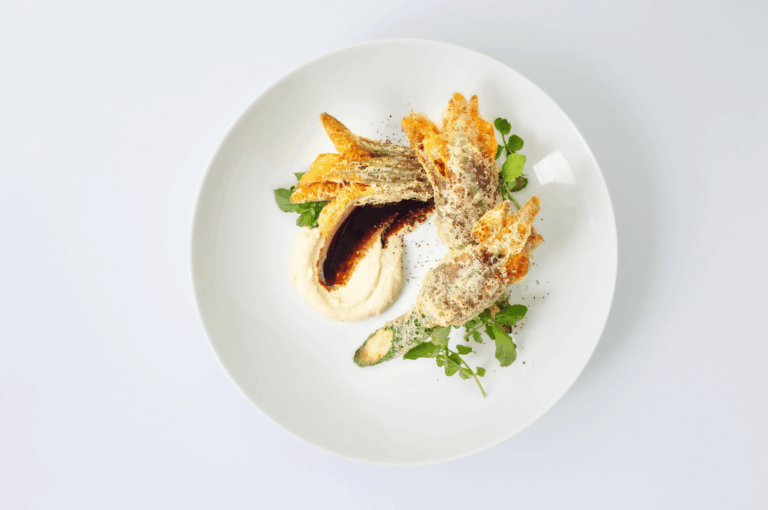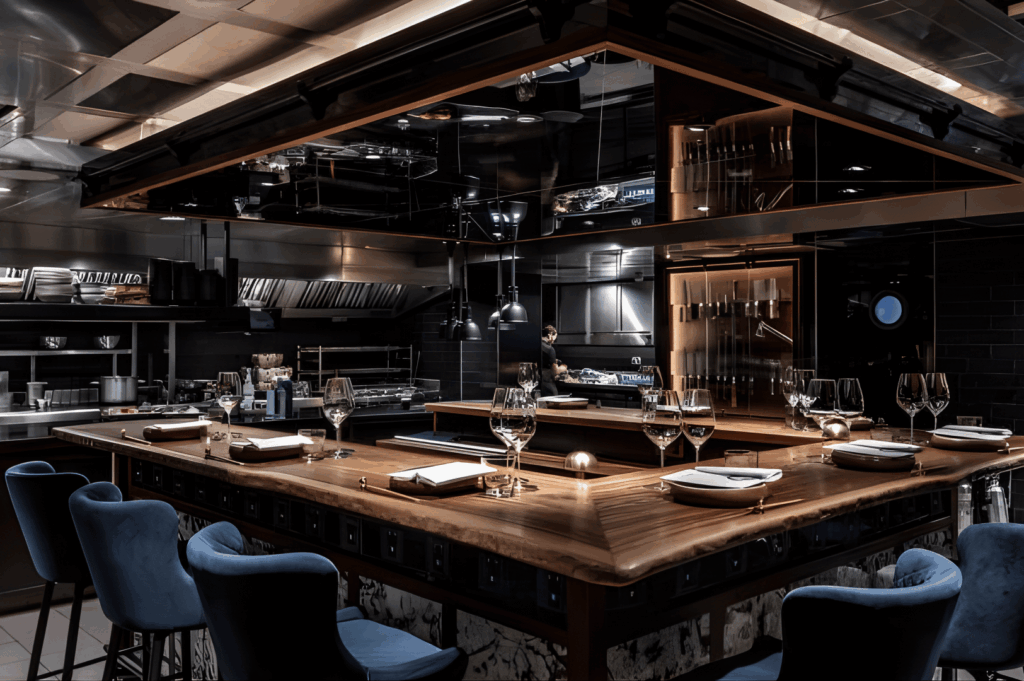
In today’s culinary world, unique dining experiences are capturing the imagination of food lovers everywhere. At the forefront of this movement are fine dining restaurants and the coveted chef’s table—settings that promise not just a meal, but an intimate dining experience that lingers long after the last course is served. These fine dining establishments are redefining what it means to dine out, offering guests a private dining experience that goes far beyond the ordinary.
The concept of the chef’s table originated from a simple yet heartfelt tradition: chefs entertaining their family and friends at a small table tucked away in the kitchen, sharing food, stories, and laughter while the chef worked. If space allowed, this small table became a gathering spot for those closest to the chef, creating a sense of connection and warmth. Over time, this tradition evolved into a sophisticated and exclusive experience, where guests are invited to sit just steps from the action, witnessing the artistry and creativity that define fine dining.
The rich history of fine dining is woven into every chef’s table experience. It’s a celebration of culinary heritage, innovation, and the enduring connection between chef and guest. In this intimate setting, the boundaries between kitchen and dining room dissolve, allowing guests to explore the heart of the restaurant and discover the stories behind each dish. The result is a lasting impression—one that transforms a simple meal into an extraordinary event.
Whether you’re marking a special occasion or simply seeking to explore the world of fine dining, chef’s tables offer a unique opportunity to connect with the chef, the cuisine, and the artistry of cooking. With every course, you’ll discover new flavors, textures, and stories, all carefully designed to create a sense of wonder and delight. So why settle for the ordinary, when you can experience the extraordinary? Step into the world of fine dining and let the chef’s table reveal the magic that happens when passion, creativity, and connection come together at the table.
What Is a Chef’s Table in Fine Dining Restaurants?
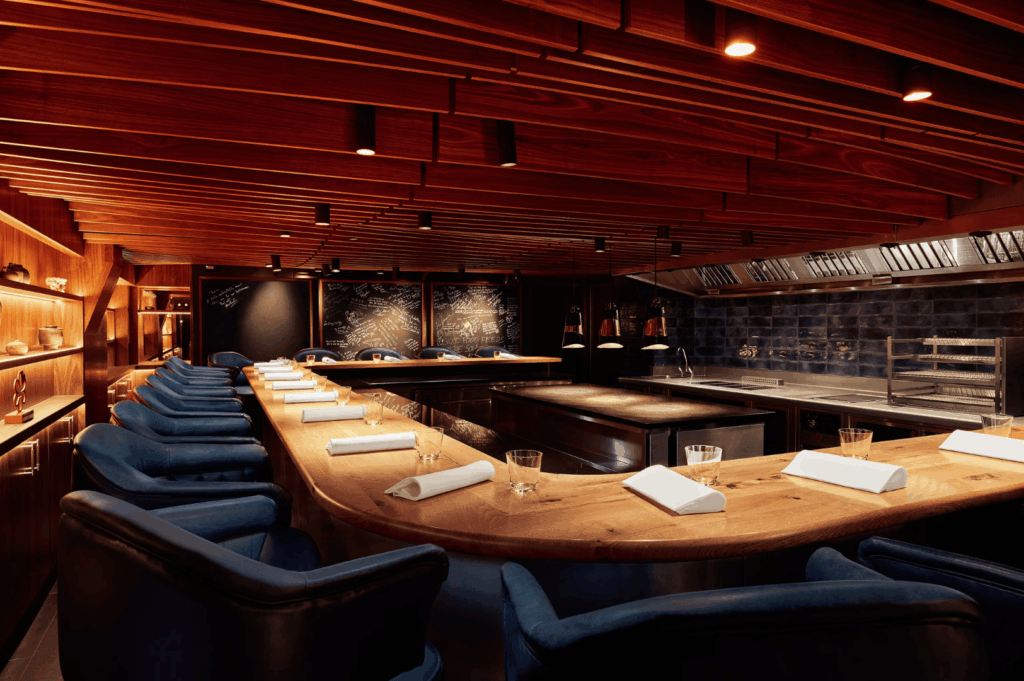
A chef’s table is a small table tucked either directly inside the kitchen or within sight of it—an exclusive space reserved for a handful of guests. It offers a private dining experience, often featuring a multi course meal that showcases the chef’s signature dishes, artistic vision, and culinary philosophy.
The chef’s table originated in old-world European kitchens as a casual spot for family, friends, or VIP guests to enjoy a personal dining experience with the chef. It was never about formality but about connection—sharing food, wine, and stories in a space filled with warmth and authenticity.
Today, chef’s table experiences are immersive and interactive, allowing guests to observe and engage with the kitchen operations closely. These experiences have evolved across different restaurant formats, offering transparency, personalized interactions, and a sense of being part of the culinary process.
Today, this concept has evolved into one of the most coveted experiences in fine dining restaurants. It bridges the “back of house” and “front of house,” offering diners a rare glimpse behind the scenes of a professional kitchen. Here, you witness chefs entertaining guests while preparing every course with elegance and care.
The Transformation: How a Chef’s Table Experience Elevates Food Appreciation
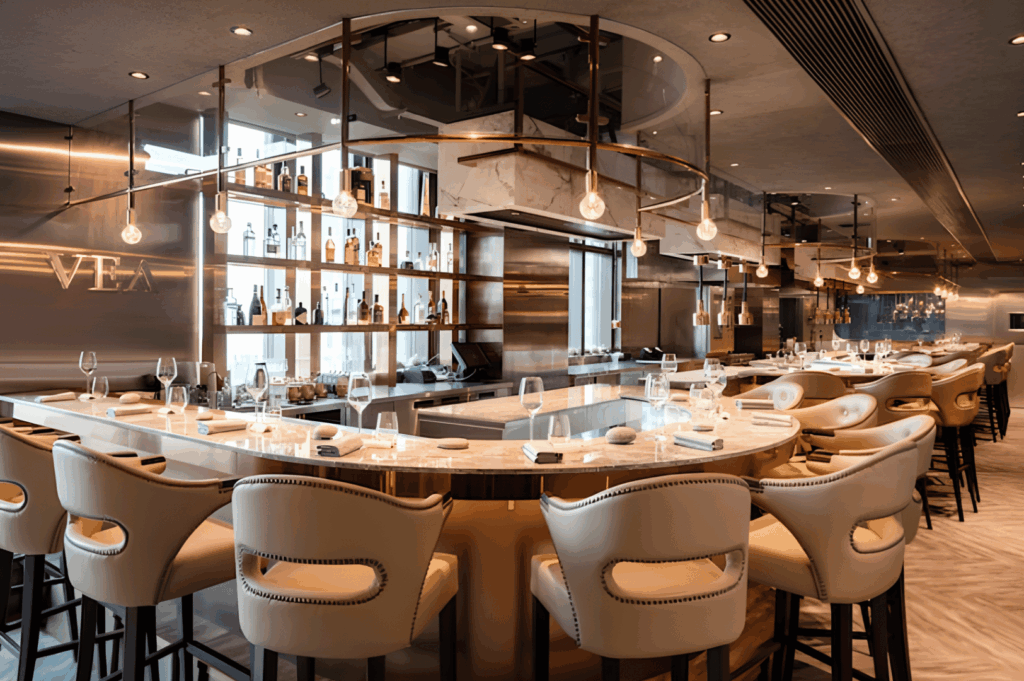
In a traditional fine dining setting, guests receive beautifully plated dishes—a finished menu item that feels complete and refined. But at the chef’s table, you witness the creating process itself. You see the chef explore textures, flavors, and techniques that reflect years of training and boundless passion.
That perfectly seared scallop or artfully swirled purée becomes more than just food—it becomes a story. You observe every element that goes into it: the careful sourcing of only the finest ingredients, the use of the finest techniques, the slow cooking, and the polished service that completes the meal.
Each plate tells a story of tradition, creativity, and artistic vision. This behind the scenes dinner reveals the unseen craftsmanship and elevates your appreciation for fine dining as both a sensory and emotional journey.
As Anthony Bourdain once said, “A great meal is not about the food—it’s about the moment.” The chef’s table experience captures that perfectly: it’s not just about what you eat but how you experience it.
The Connection Between Chef and Guest: The Heart of the Dining Experience
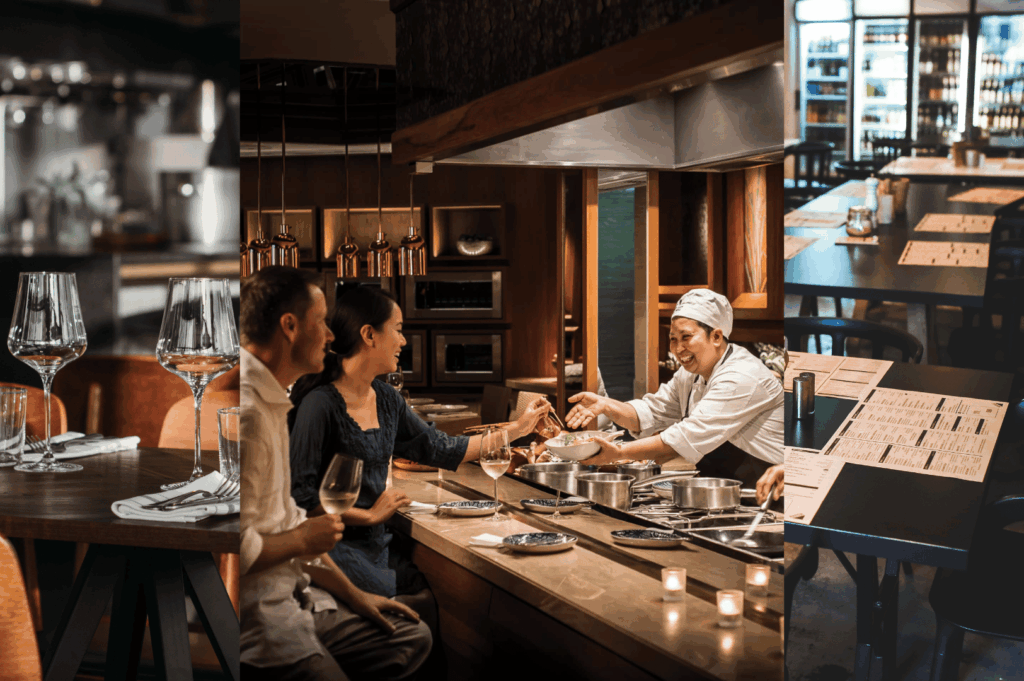
One of the most powerful parts of a chef’s table is the connection it fosters. The chef isn’t hidden away; they’re right there—talking, plating, and sharing their creative process.
This direct interaction turns a dining experience into a conversation between artist and audience. At renowned fine dining restaurants such as Alinea in Chicago or Zén in Singapore, diners are treated to more than a multi course meal—they’re invited to share in the chef’s personality, vision, and artistry.
You gain more insight into the origins of each dish: perhaps inspired by a family recipe, a memorable journey, or the beauty of seasonal ingredients. The chef’s table transforms the chef from a distant figure into a storyteller whose passion and craft unfold before your eyes.
The Learning Element: Fine Dining as a Culinary Masterclass
Every chef’s table experience doubles as a hands-on education in fine dining. You don’t just enjoy the meal—you discover the skill, technique, and philosophy behind it. These experiences are typically found in a fine dining establishment known for its upscale ambiance and exceptional service.
- Techniques Unveiled: Watch professional chefs perform culinary methods you’ve only heard about—sous-vide, open-fire grilling, emulsification, or intricate sauce-making. They may explain how they achieve the ideal textures, balance flavors, or perfect pairings.
- Ingredient Spotlights: The menu often highlights rare or seasonal ingredients, reflecting the chef’s commitment to quality and sustainability. These premium ingredients showcase the restaurant’s artistry, finesse, and elegance.
- Philosophy and Pairings: You gain a deeper understanding of how fine dining restaurants approach balance—between acidity and sweetness, crunch and creaminess. Many chefs offer wine or cocktails thoughtfully curated to complement each course, enriching the overall guest experience.
This interactive experience transforms a dinner into an immersive culinary education led by the chef themselves.
Chefs Embrace the Chef’s Table Concept
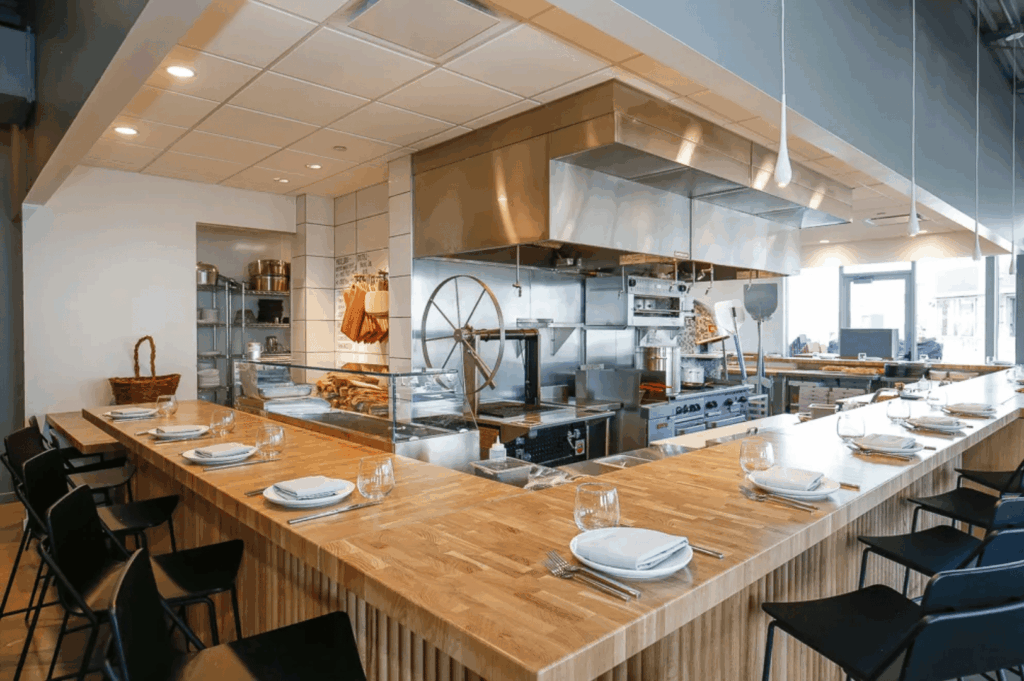
Why do chefs, already under immense pressure, dedicate time to hosting chef’s table experiences? For many, it’s a way to reconnect—with their customers, their craft, and their creativity.
Some chefs and guests prefer the intimacy and direct interaction of the chef’s table compared to the traditional dining room setting.
The chef’s table gives them a chance to showcase their artistic vision, to test new dishes, and to observe real-time reactions from guests. It’s a stage where art, luxury, and passion come together.
Renowned chefs like Thomas Keller and Grant Achatz have long used this intimate dining experience to highlight their culinary philosophy—refined, carefully designed, and deeply personal. It’s a way to reflect the depth of their craft and elevate the guest experience beyond what’s possible in the main dining room.
Is the Chef’s Table Experience Worth It?
A chef’s table experience often carries a higher price tag than a standard fine dining meal—but for good reason. You’re not only paying for food; you’re investing in:
A private dining experience with limited seating
A carefully designed multi course meal featuring signature dishes
A behind the scenes dinner with direct access to the chef
Exceptional service, wine, and cocktail pairings
A fine dining experience that offers intimacy, artistry, and a sense of exclusivity
Think of it as the culinary equivalent of backstage access—where you’re not just watching a performance, but sitting beside the artist as they create it.
Planning Your Fine Dining Chef’s Table Experience
To make the most of your chef’s table journey, keep these tips in mind:
Book Early: Most fine dining restaurants have very limited chef’s table seats.
Communicate Clearly: Share dietary needs when reserving—chefs design the menu specifically for the evening.
Be Curious: Ask about ingredients, techniques, or pairings—your chef will welcome the interest.
Pace Yourself: Savor every course; each one is a reflection of the chef’s personality and vision.
Embrace the Moment: This is your chance to explore the depth of fine dining—enjoy it fully.
How a Chef’s Table Experience Redefines Dining

Once you’ve experienced a chef’s table, you can never look at fine dining the same way again. Every restaurant meal becomes more meaningful; every dish tells a richer story. You begin to see how each plate reflects not only skill but also creativity and intention, revealing the chef’s unique vision and passion.
You begin to appreciate the artistry of chefs, the harmony of the kitchen, and the invisible effort behind every dining experience. The quiet precision, the teamwork, and the dedication that unfold behind the scenes become part of the story you taste with every bite.
The chef’s table experience redefines what it means to dine—it transforms you from a customer into a participant in the art of cooking. It invites you closer to the craft, allowing you to witness the balance of technique and emotion that shapes each course. You leave not only with a satisfied palate but with a renewed sense of wonder for the world of fine dining.
Because in the end, the most extraordinary meals aren’t just about what’s on the table—they’re about the connection, the craft, and the passion that make them unforgettable. They remind us that dining is more than nourishment—it’s an experience that speaks to the heart.







